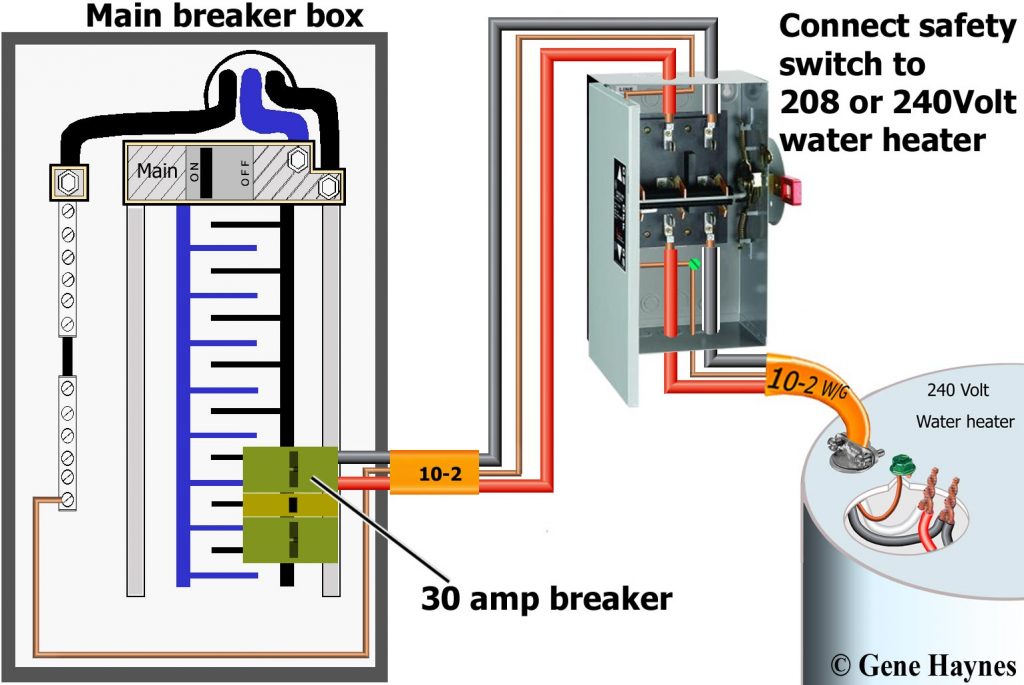

Of course, there are other considerations in addition to this, but it is clear the rules of thumb we often use can get us in trouble if we aren’t aware that exceptions exist and what those exceptions are.

The rule-of-thumb sizes rely on the lowest allowable temperature rating of the wire in some cases, the circuit may have a higher ampacity if the insulation on the wire and the connection endpoints are all rated at 75☌ (167☏) or 90☌ (194☏).Īll of these ratings can be found in NEC (NFPA 70) Table 310.15(B)(16) in detail, but as an example, according to this NEC chart, a 6-gauge copper circuit rated at 90☌ (194☏) has an ampacity of 75 amps while a 6-gauge aluminum conductor rated at 60☌ (140☏) has an ampacity of 40 amps. Is the conductor aluminum or copper, and is the insulation rating 60☌ (140☏) or greater?Īluminum wire has a lower ampacity than the same gauge copper wire, meaning aluminum must be larger to accomplish the same ampacity job as copper wire. When we use a rule of thumb, we are missing two main areas as it relates to the conductor.

What is the allowable voltage drop based on wire length? This is not dictated by the NEC but rather by the requirements of the connected load.What other thermal de-rating conditions exist? Are there multiple conductors in a raceway, high ambient conditions, etc.?.What is the ambient rating of the conductor (wire) and its termination (connection) points?.What is the conductor made of? Is it aluminum, copper, or something else?.Here are some additional factors to be considered:
#60 AMP WIRE SIZE CODE#
It’s not that simple according to National Electrical Code (NEC) NFPA 70 for several reasons. Sometimes, these general rules lead technicians to believe that if an appliance is rated for 50-amp breaker/fuse maximum overcurrent circuit protector (MOCP), you must use 6-gauge wire and a 50-amp circuit breaker. These rules of thumb are referring to the amperage capacity or “ampacity” of the conductor (wire) and are often correct. “Twelve-gauge wire is good for 20 amps, 10-gauge wire is good for 30 amps, 8-gauge is good for 40 amps, and 6-gauge is good for 55 amps,” and “The circuit breaker or fuse is always sized to protect the conductor. Many techs will repeat these rules of thumb and rely on them in all circumstances:


 0 kommentar(er)
0 kommentar(er)
